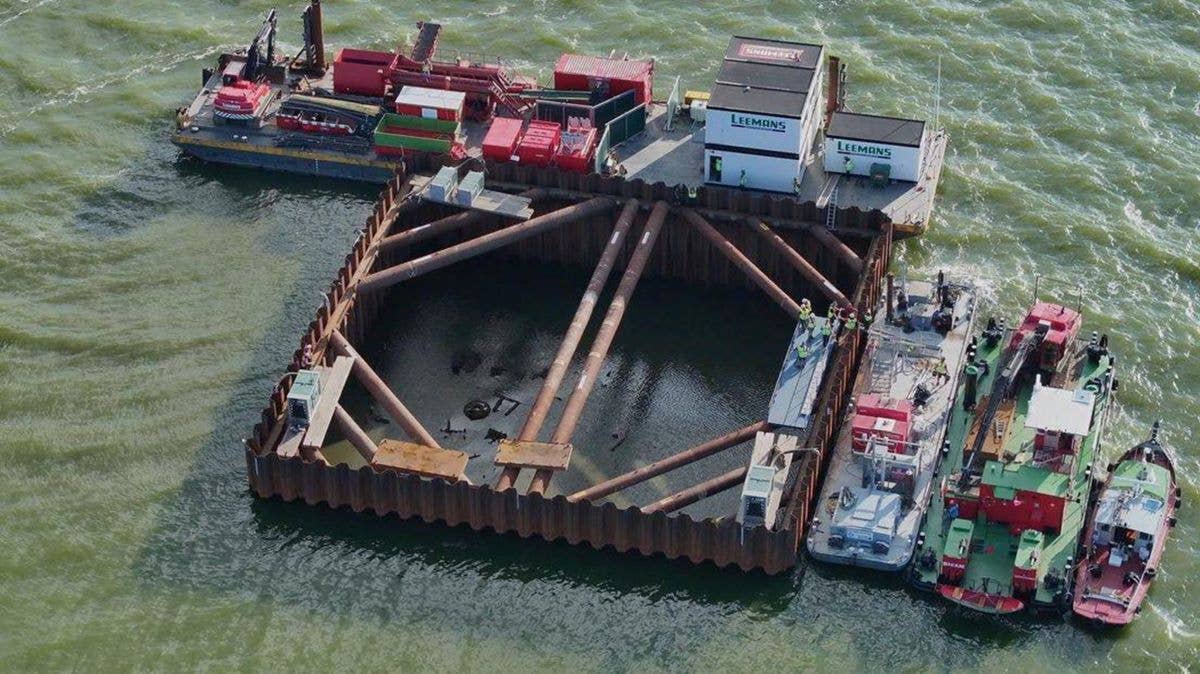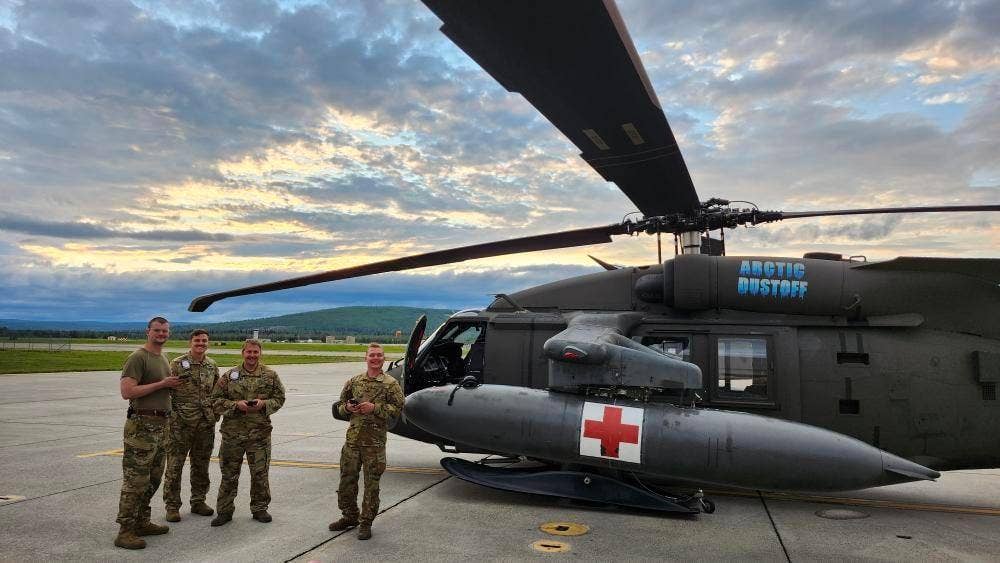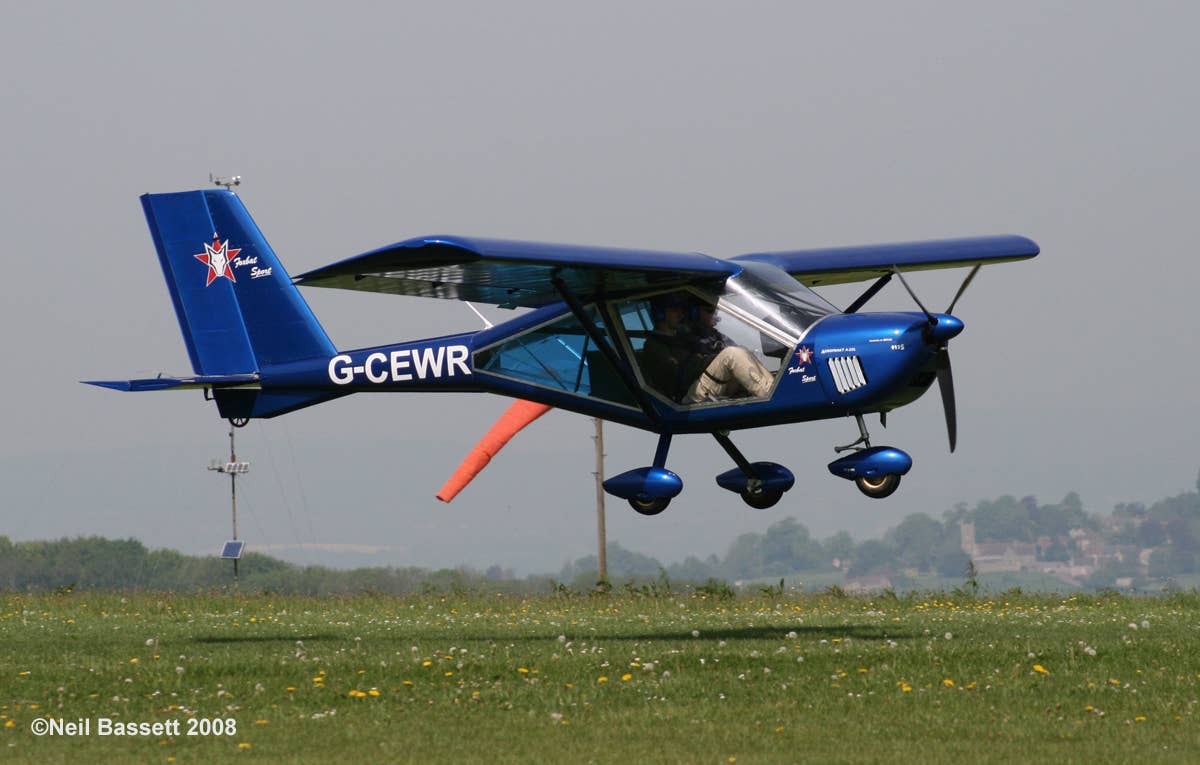Downed WWII Lancaster Bomber Raised from Sea Floor
The British heavy bomber was shot down in Holland following an air raid over Germany in 1943.

An aerial view of the cofferdam built for the recovery of British Lancaster bomber ED603 [Courtesy: Royal Air Force]
The remains of Avro Lancaster ED603 and several of its crewmembers have been recovered from the sea floor, eight decades after the British heavy bomber was shot down during World War II while returning to the U.K. following an air raid over Germany, the Royal Air Force has announced.
The recovery mission was conducted by the RAF's Joint Aircraft Recovery and Transport Squadron (JARTS) and Dutch Air Force counterparts. It is part of a 15 million euros ($16.026 million) Dutch aircraft recovery project to locate aircraft and crew downed across Holland.
Weeks after the British bomber was shot down over Lake IJsselmeer, an inland bay in northern Netherlands, on June 13, 1943, the bodies of Flight Lieutenant Eric Tilbury (pilot), Pilot Officer Harold E. Howsam (navigator), Pilot Officer Gordon Fletcher (bomb aimer), and Flying Officer Gordon R. Sugar (air gunner) washed up on shore.
Three crewmembers, however, remained unaccounted for: Pilot Officer Arthur Smart (flight engineer), Pilot Officer Charles Sprack (mid-upper gunner), and Flight Sergeant Raymond Moore (wireless operator).
"The aim of the recovery was to find the missing crewmembers and to provide closure for their families," the RAF said Thursday. "Human remains were found, and painstaking work is ongoing to confirm the details and identities of those recovered."
At the onset of the five-week salvage operation, the recovery team built a cofferdam around the aircraft, allowing for water to be pumped out. The delicate recovery also entailed leaving the remains of the bomber exposed on the sea floor while aircraft parts were located, washed, and sorted.
By September, the first skeletal remains were located, according to Captain Geert Jonker, the commanding officer of the recovery and identification unit in the Royal Netherlands Army, The Guardian reported. “It’s [in the] early days…but there is no doubt that the remains we have found come from one of the missing airmen."
Participating in the recovery mission was a once-in-a-lifetime opportunity and a privilege and honor of all involved, according to JARTS.
"The site was an impressive feat of engineering and the hospitality from all of our Dutch friends and colleagues was unequivocal,” JARTS said. “It was important to recover the aircraft and remains of the aircrew so that closure could be provided to their respective families. It was a sobering and tasteful reminder of those that fought and lost for our futures in the war and provided an opportunity to pay our respects.”

Subscribe to Our Newsletter
Get the latest FLYING stories delivered directly to your inbox






